I'm new to digital electronics and I want to simulate in ltspice a circuit which contains a couple of 74LS04 inverters. What represents the "Test conditions" under the switching characteristics in the datasheet? All I have understood so far is that this inverter (being a non-ideal one) has propagation times. What are all the differences from the ideal inverter? What I have to modify in ltspice in order to simulate this inverter?
You can find the datasheet here: http://www.ti.com/lit/ds/symlink/sn74ls04.pdf
Thanks for help!
